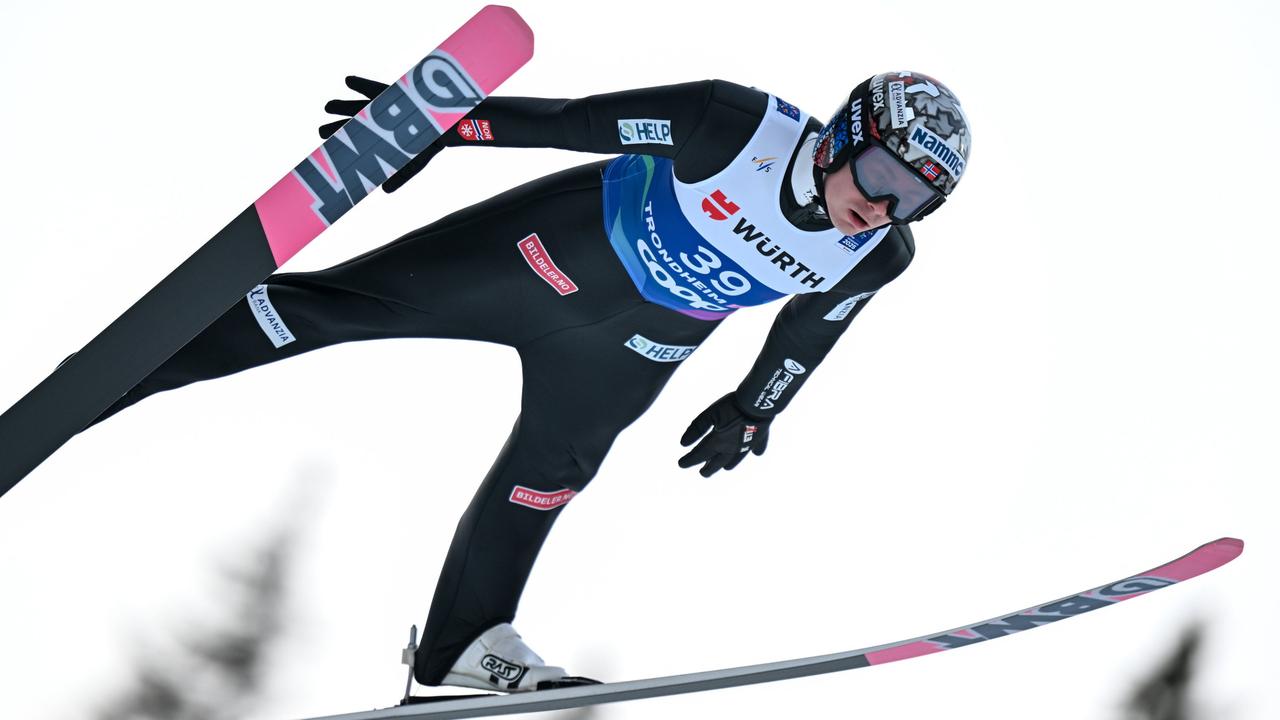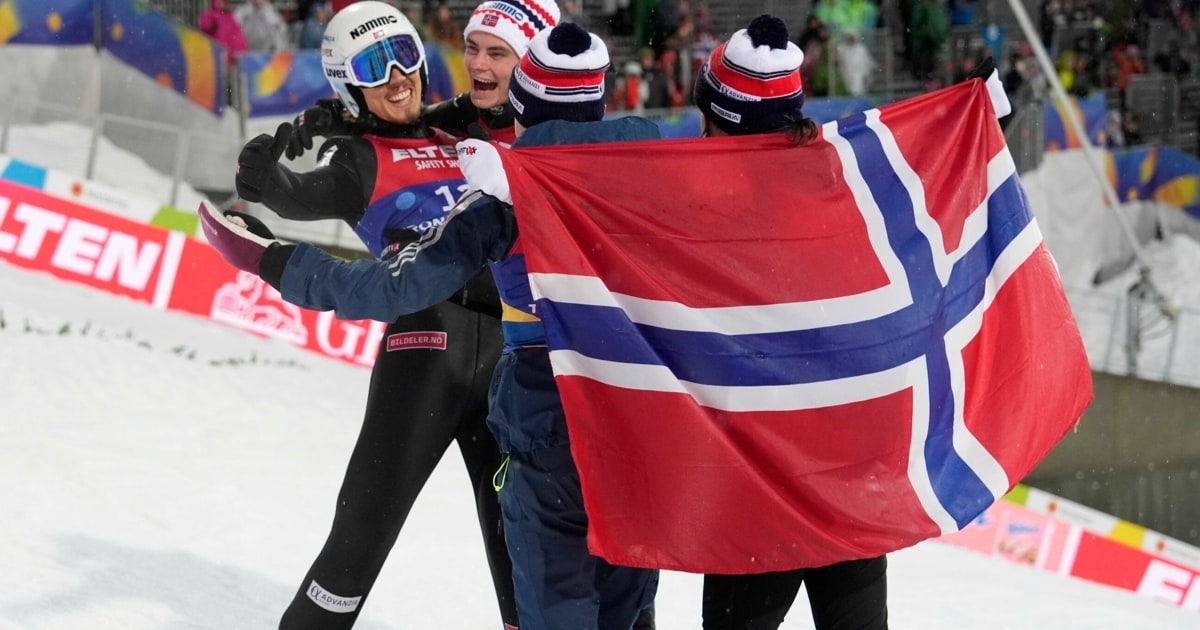
Ski jumping: New rules aim to restore credibility after suit-manipulation scandal
Originally published in Sportschau on November 24, 2025
After last winter’s biggest scandal in ski jumping—when Norway’s Marius Lindvik and Johan André Forfang were caught using manipulated suits at the World Championships—the International Ski Federation (FIS) has moved to toughen equipment enforcement for the new World Cup season.
Stricter pre-event checks now require every athlete to present two competition suits for inspection before jumping. If a suit meets the regulations, it receives an electronic chip and is cleared for World Cup use. Each jumper is limited to two approved suits until the Four Hills Tournament.
The FIS has appointed its first full-time materials inspector, Austria’s Matthias Hafele, a former jumper and long-time suit specialist who previously advised teams such as Poland and Austria. Under his oversight, in-competition controls now follow a three-stage process:
1) Post-jump check in a designated control container at the finish, led by Hafele. 2) A stricter step-length check before takeoff, staffed by specifically assigned controllers to ensure jumpers stand correctly. 3) New escorting procedures after landing, where event helpers accompany athletes to the control area to prevent any tampering—such as pulling or adjusting the suit—en route.
Disciplinary measures mirror football: a yellow card results in disqualification from the current competition; a second yellow triggers a yellow-red sanction and an additional two-event suspension. Decisions and reasons for disqualifications are to be communicated promptly and transparently, and a disqualified athlete’s start spot cannot be replaced by a teammate.
Suits themselves have been redesigned with a generally tighter cut this season, which, according to ARD expert Sven Hannawald, finally allows measurements to be taken more reliably; last year’s patterns were so irregular that accurate checks were difficult. Less fabric also means less aerodynamic surface for lift, forcing athletes to rely more on fine feel in flight. Some jumpers are struggling with the adjustment, but the measures are intended to make the sport fairer.
German jumper Andreas Wellinger has spoken about the challenges of the new feel in the air, while FIS materials commission head Andreas Bauer told Augsburger Allgemeine the aim is a culture shift away from a ‘backroom cheating’ image. Whether these reforms restore credibility will likely only be clear by season’s end.
See Also
This was supposed to fix ski jumping. Olympic champion reacts skeptically
November 15, 2025 / Przegląd Sportowy Onet

Ski jumping: FIS introduces yellow and red cards after suit-manipulation scandal
June 13, 2025 / Sportschau (ARD)

FIS Probes Norway After Suit Scandal
March 11, 2025 / Krone

Smart suits: The tech innovation transforming ski jumping competition
November 28, 2024 / TownLift, Park City News